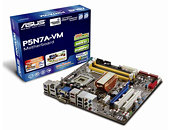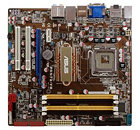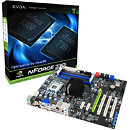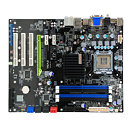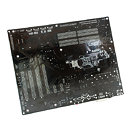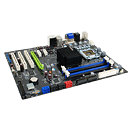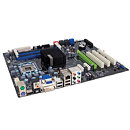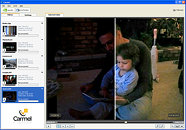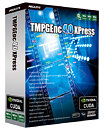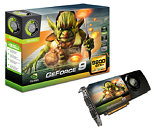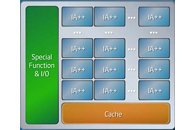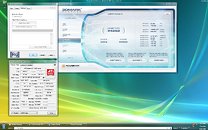
NVIDIA Makes a Tesla Personal Supercomputer
Today, scientific research is carried out on supercomputing clusters, a shared resource that consumes hundreds of kilowatts of power and costs millions of dollars to build and maintain. As a result, researchers must fight for time on these resources, slowing their work and delaying results. NVIDIA and its worldwide partners today announced the availability of the GPU-based Tesla Personal Supercomputer, which delivers the equivalent computing power of a cluster, at 1/100th of the price and in a form factor of a standard desktop workstation.



